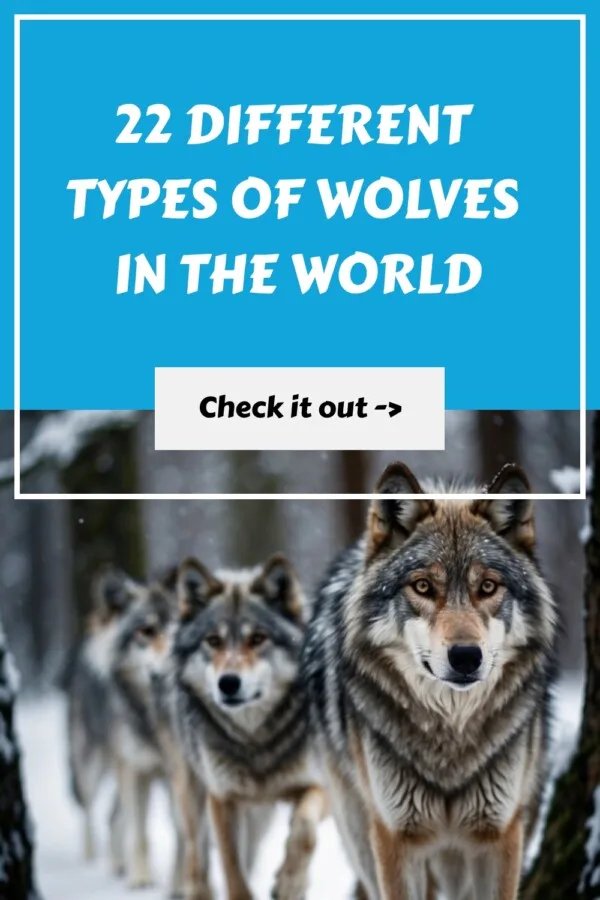Wolves, distinguished members of the Canidae family, have roamed diverse ecosystems across the globe for centuries. Canis lupus, or the gray wolf, is the most widely recognized, serving as the root species from which various subspecies have evolved, and is one of the most popular animals in the world.
These subspecies, from the tundra to forested regions, are adapted to their environments, exhibiting unique characteristics that enable survival in the wild. Biologists have identified multiple types of wolves, each with distinct traits related to their habitat, diet, and behavior.
The classification of wolf subspecies can be complex, reflecting geographical variations and evolutionary adaptations. While some sources mention upwards of 27 types of wolves, others recognize fewer due to overlapping characteristics and genetic similarities.
Notably, the gray wolf has numerous subspecies, including the well-documented red wolf and the arctic wolf, each with a clear set of identifying features and conservation statuses.
Understanding the diversity among wolf species is not just a matter of academic interest but pivotal for their preservation. As apex predators, wolves play crucial roles in their ecosystems by controlling prey populations and influencing ecological balances.
Their conservation status varies widely, with some subspecies thriving and others facing the threat of extinction, highlighting the need for informed conservation strategies.
Gray Wolf

The Gray Wolf (Canis lupus) is a prominent species with diverse subspecies adapted to a range of habitats across North America. Each subspecies showcases unique traits suited to its environment, from the east’s forests to the Arctic’s tundra.
Eastern Wolf
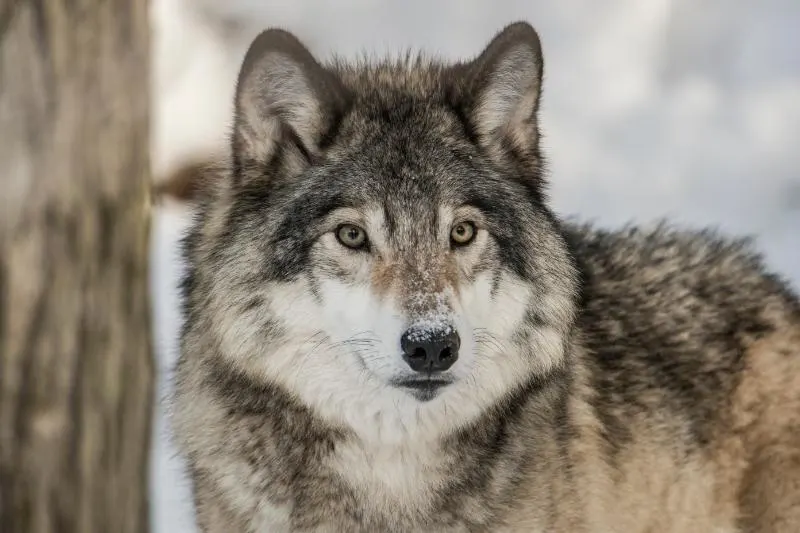
The Eastern Wolf primarily inhabits the northeastern regions of North America. It is recognized by its medium size and a coat that blends gray and brown tones. This type of wolf is often found in forested areas and plays a crucial role in local ecosystems.
Arctic Wolf
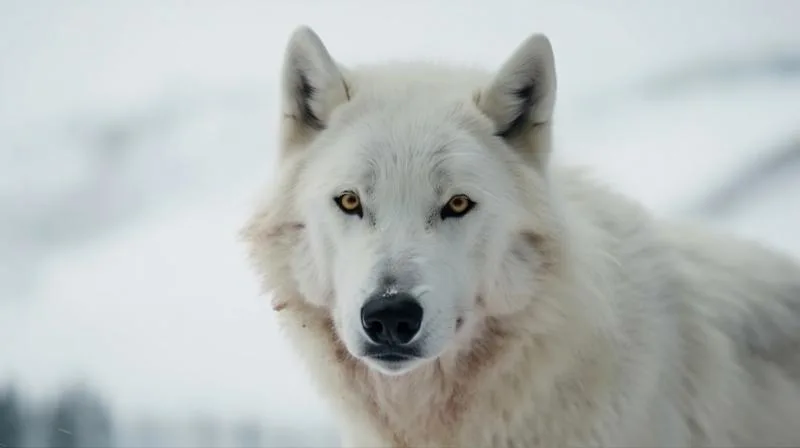
Adapted to the polar conditions, the Arctic Wolf (Canis lupus arctos) sports white fur, enabling camouflage in its tundra habitat. Despite frigid temperatures, this subspecies thrives in the extreme north, utilizing its thick coat for insulation.
Alexander Archipelago Wolf

The Alexander Archipelago Wolf exhibits a dark coat suited for dense forest concealment within the rainforests of Alaska’s islands. These wolves are adapted to island life, with a unique dependence on both marine and terrestrial food sources.
Northwestern Wolf
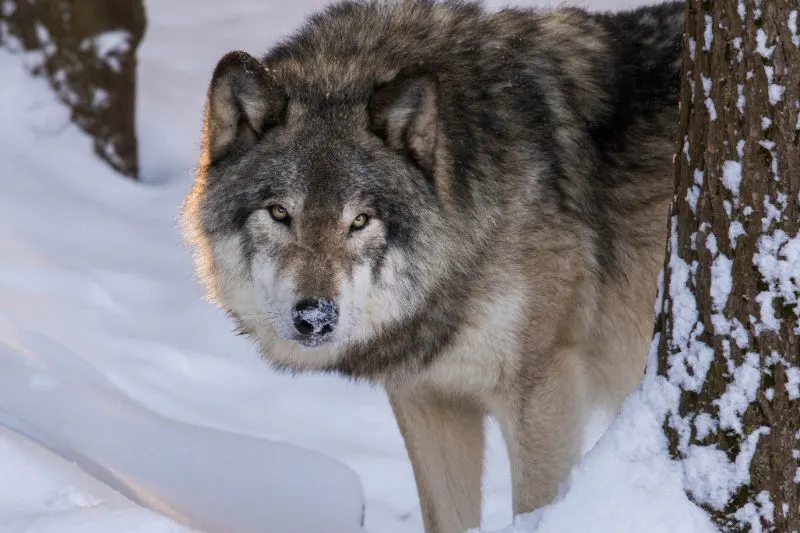
The Northwestern Wolf is a large, robust variant, often referred to as the Rocky Mountain Wolf or Timber Wolf. With a preference for mountainous regions and large size, this subspecies red wolf is a powerful presence in the wilds of North America.
Mexican Wolf
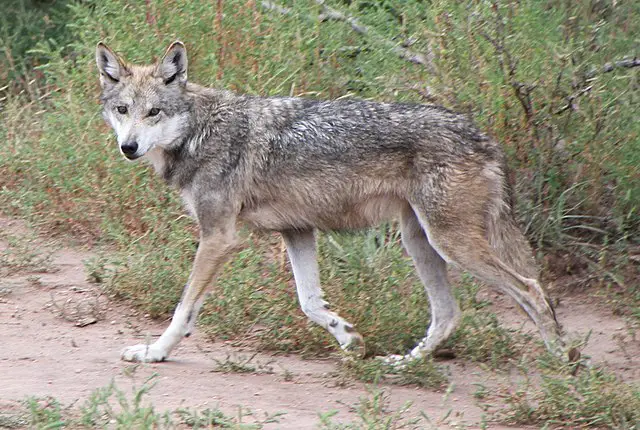
As the most endangered North American subspecies, the Mexican Wolf (Canis lupus baileyi) inhabits Arizona and New Mexico. Diminutive in stature and reclusive by nature, conservation efforts focus on stabilizing and expanding its limited population.
Eurasian Wolf
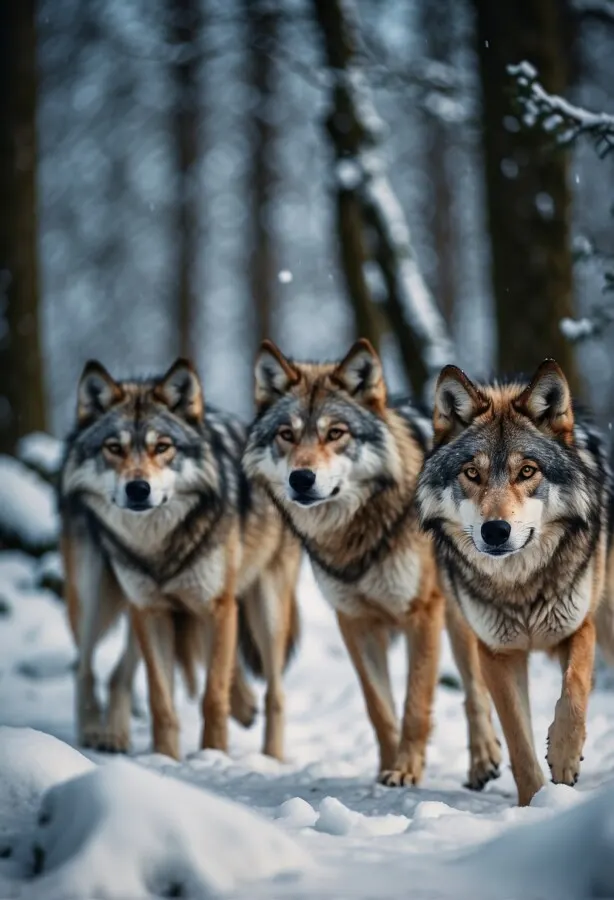
The Eurasian wolf (Canis lupus lupus), inhabits vast regions across both Europe and Asia. This species, a key subspecies of gray wolves, has historically been prevalent throughout Eurasia. Physiologically, these gray wolves, are distinguished by their robust frames and dense fur, adapted for a diverse range of climates.
Habitat and Range
- Europe: Forests, plains, and mountains
- Asia: Expansive steppes and remote wilderness
Physical Characteristics
- Height: Up to 30 inches at the shoulder
- Weight: Males: 70 – 130 lbs, Females: Approx. 20% lighter
Reproduction
- Breeding season: January – March
- Gestation: 62 – 75 days
- Litter size: Typically 4 – 6 pups
Eurasian wolves have played a significant role in the cultural tapestry of human societies, as evidenced by the varied lexicon for “wolf” in several Indo-European languages. Conservation efforts continue to manage and protect these wolves, ensuring their ecological role and legacy endures amidst changing environments.
Indian Wolf
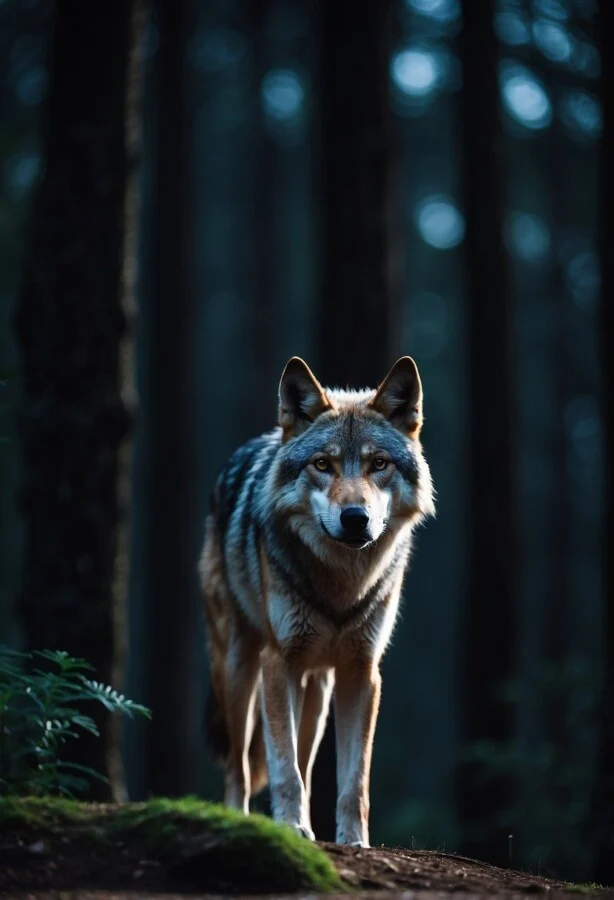
The Indian wolf, classified as the genus Canis, lupus pallipes, is a distinct subspecies native to South Asia’s arid and semi-arid regions. Characterized by its smaller size and lighter fur than other grey wolf variants, it operates in modest pack sizes. It has adapted to thrive in the challenging landscape of the Indian subcontinent.
Himalayan Wolf
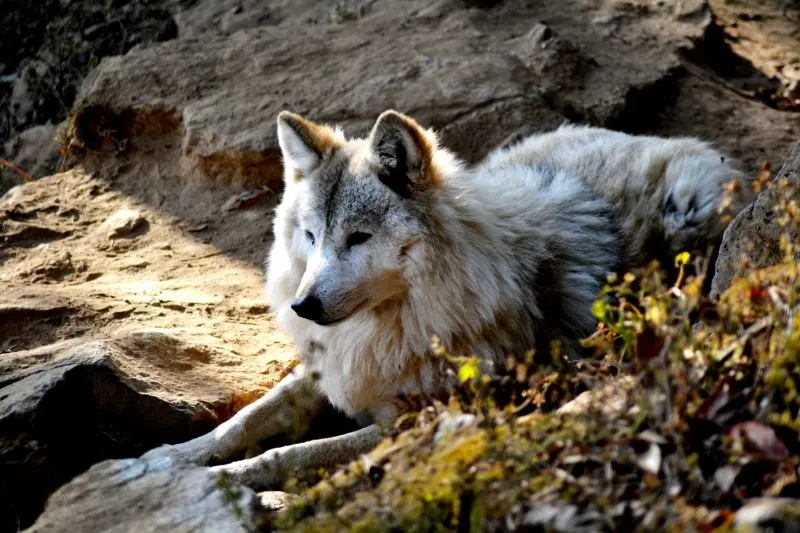
The Himalayan wolf, debated as a third separate species or subspecies, resides at high altitudes within the Himalayan region. Known for its genetic uniqueness, this wolf is adapted to the specific environmental pressures of the mountains and is a focal point for conservation due to its restricted habitat and vulnerability.
Holarctic Wolves
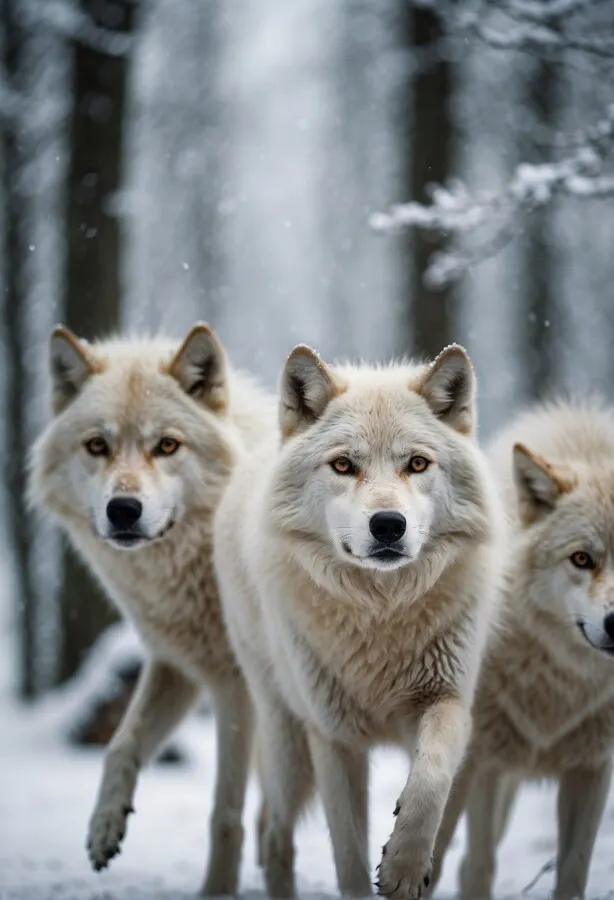
The Holarctic wolves are a group of gray wolf subspecies primarily residing in the northern hemisphere in cold and temperate ecosystems. They are adapted to varying climates, from the Arctic tundra to the northern woodlands, and display significant diversity in behavior and prey selection.
Alaskan Tundra Wolf
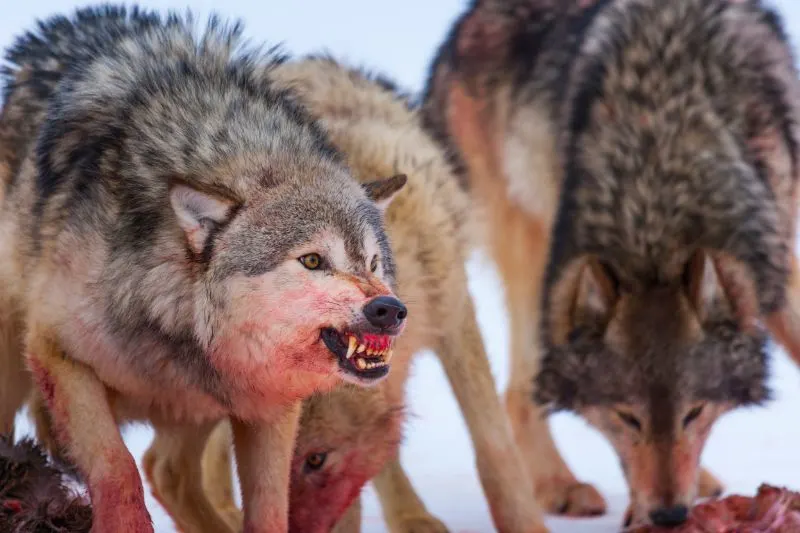
The Alaskan Tundra Wolf, found within the Alaskan interior and tundra regions, thrives in the frigid climate and primarily hunts large ungulates. Its white to light gray fur serves as both camouflage against the snow and insulation against extreme cold.
See Related: Are Sharks Tetrapods? Exploring Their Evolutionary Classification
Greenland Wolf
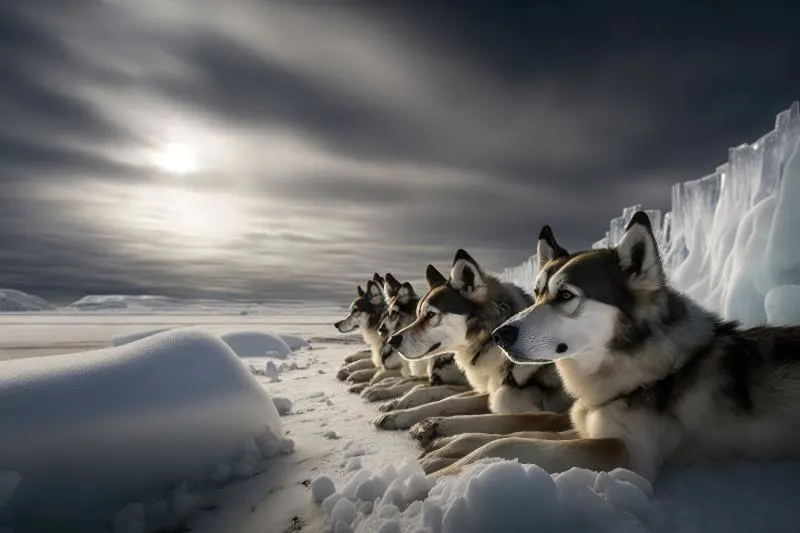
The Greenland Wolf populates the Arctic regions of Greenland. Despite limited data on its population numbers, this subspecies survives in one of Earth’s harshest climates, relying on a habitat ranging from the ice sheet’s edge to the nunatak landscapes.
Great Plains Wolf

Historically roaming the prairies and forests of North America, the Great Plains Wolf has seen its range diminish. It adapts to plains and forested areas, hunting in packs to bring down prey such as deer and bison in these now-limited habitats.
Labrador Wolf

The Labrador Wolf resides in northern Canada’s subarctic regions, including the Labrador Peninsula. This wolf’s habitat encompasses the boreal woodlands, where they form packs to coordinate the hunt for caribou and other available wildlife.
Other Wolves

Diverse wolf populations exhibit regional adaptations and unique genetics influencing their existence. The Iberian, Arabian, and Italian wolves represent distinct subspecies red wolves that have adapted to their environments in Europe and the Middle East.
Iberian Wolf
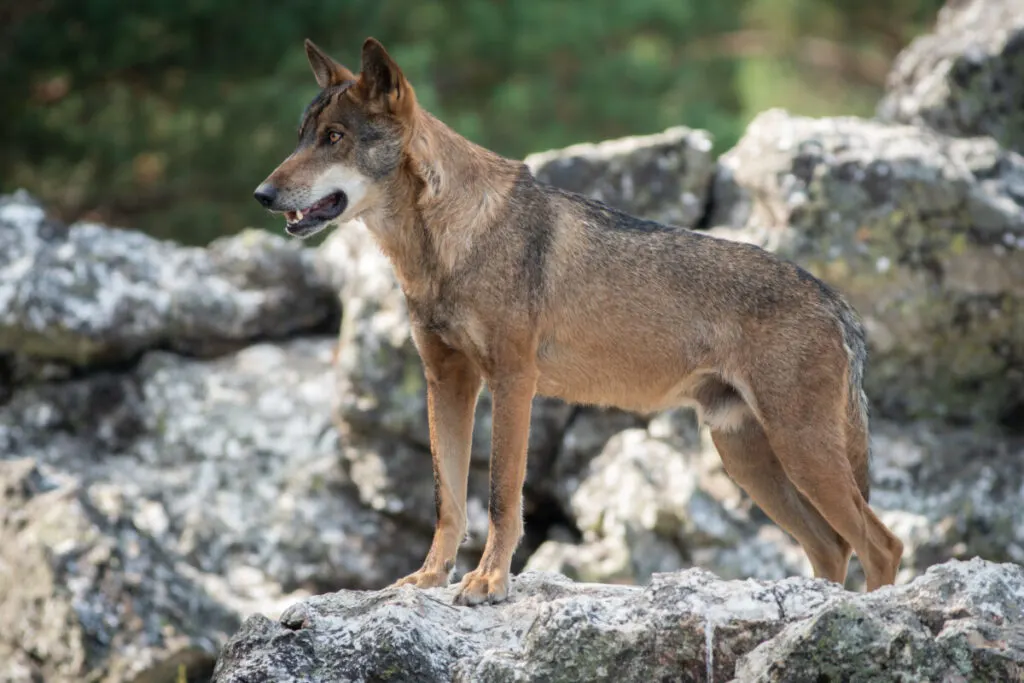
The Iberian Wolf (Canis lupus signatus) thrives in the forests and plains of Spain and Portugal. Recognizable by a distinctive dark mark on its tail and white markings on its upper lips, this wolf is a testament to successful adaptations in the Iberian Peninsula. With a conservation status of near threatened, efforts to maintain its population are ongoing.
Arabian Wolf
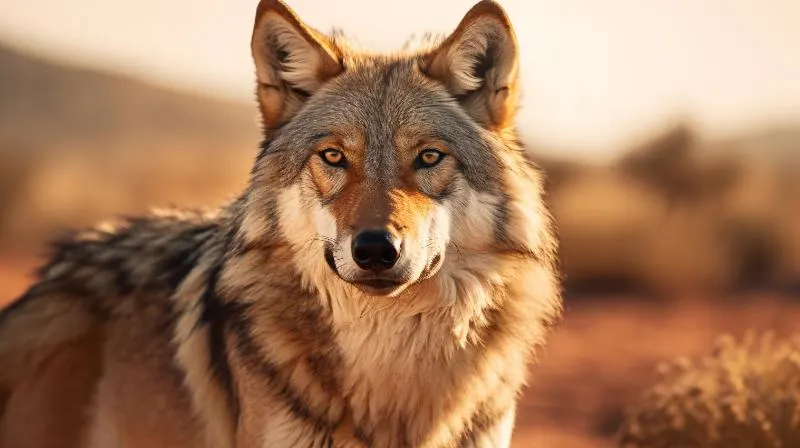
The Arabian Wolf (Canis lupus arabs) stands out with its smaller size, a necessary adaptation for survival in the arid landscapes of the Middle East’s deserts. Its scarcity of water sources and intense heat have culminated in a critically endangered status. Conservation measures are critical for this wolf that persists in the face of harsh desert conditions.
Italian Wolf
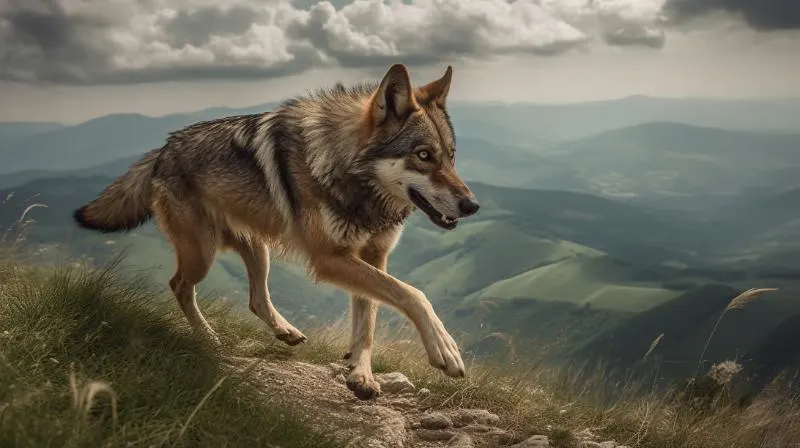
Italy’s Italian Wolf (Canis lupus italicus), residing in the Apennine Peninsula, showcases a distinct genetic line within European wolves. Although once an endangered species, concerted conservation efforts have seen its population rise. Existing within a challenging matrix of human development, this wolf remains a symbol of resilience and ecological importance.
Extinct and Mythical Wolves
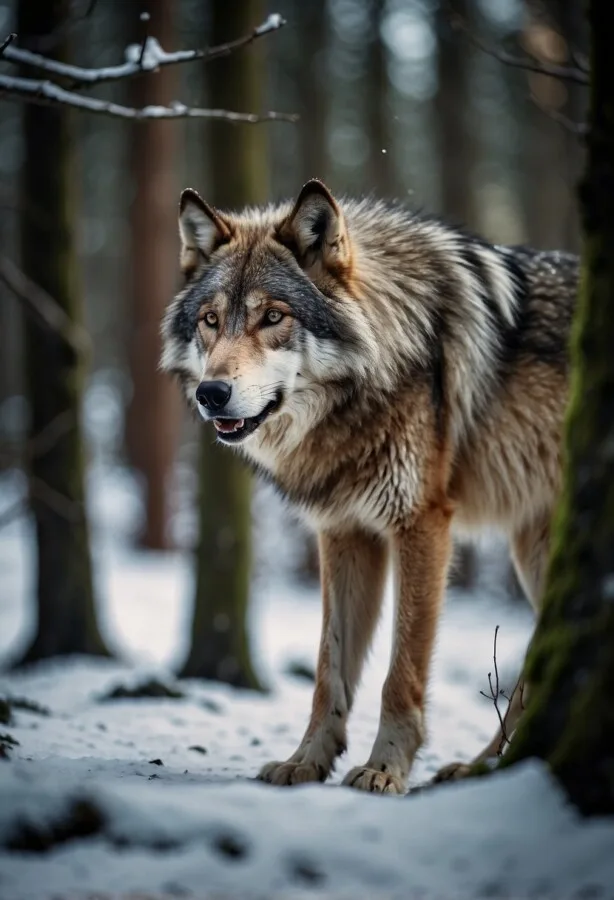
The tapestry of wolf history is interwoven with strands of extinct species that once roamed the earth and mythical wolves that have been engraved in cultural lore.
Japanese Wolf
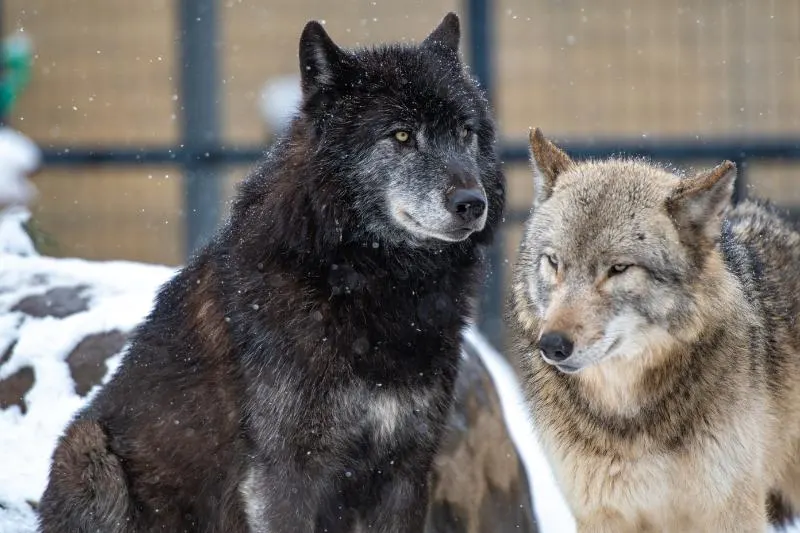
The Japanese Wolf (Canis lupus hodophilax), the smaller of the two extinct wolves of Japan, disappeared in 1905 due to habitat loss and persecution. It held a revered spot in Japanese mythology, often associated with the protector of travelers.
See Related: Are Bears Color Blind? Unveiling the Truth About Their Vision
Hokkaido Wolf
Canis lupus hattai, the Hokkaido Wolf, also known as the Ezo wolf, shared the Japanese archipelago with its southern counterpart. Extinct since the late 19th century, it played a significant role in the ecosystem of Hokkaido and in the island’s cultural narratives.
Dire Wolf
The Dire Wolf (Canis dirus), a prehistoric North American species, is well known from fossils. Its robust build and large teeth suggest it was a formidable predator, now immortalized in both academic circles and popular culture.
British Columbia Wolf
The British Columbia Wolf, a distinct population in Canadian ecology, has since blended into other wolf groups. While not extinct, its historical presence is a testament to the former wolf pack’s adaptability and importance in cultural folklore.
Mongolian Wolf
Canis lupus chanco, the Mongolian Wolf, thrives in Asia’s steppes but faces threats from human encroachment. It carries a mystique in rural Mongolia, blending the line between respected wildlife and a competitor for the nomads.
Related Resources:
- What Is a Young Wolf Called? The Names of Wolf Species Explained
- What is the Lion Extinction Status? The Alarming Decline of Africa’s Majestic Predators
- The Surprising Ways Penguins Can Be Dangerous to Humans

